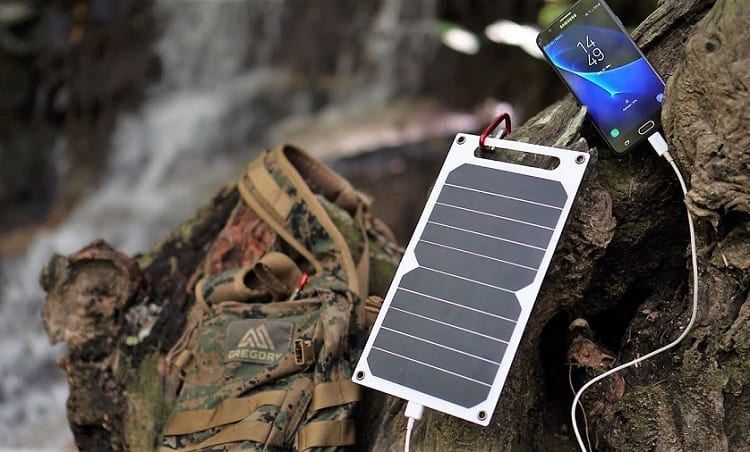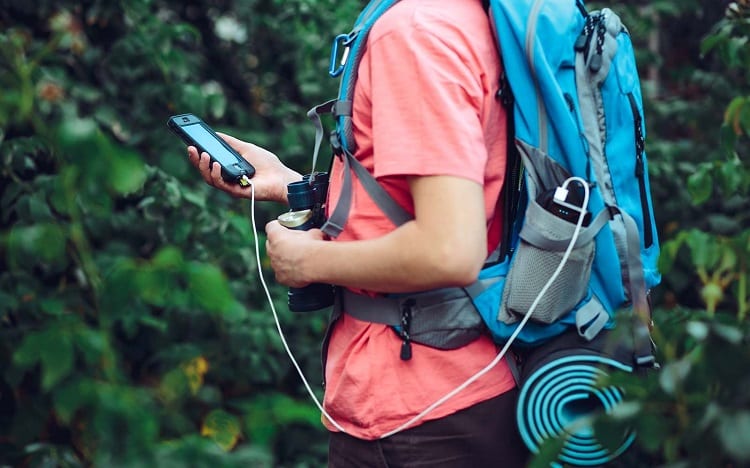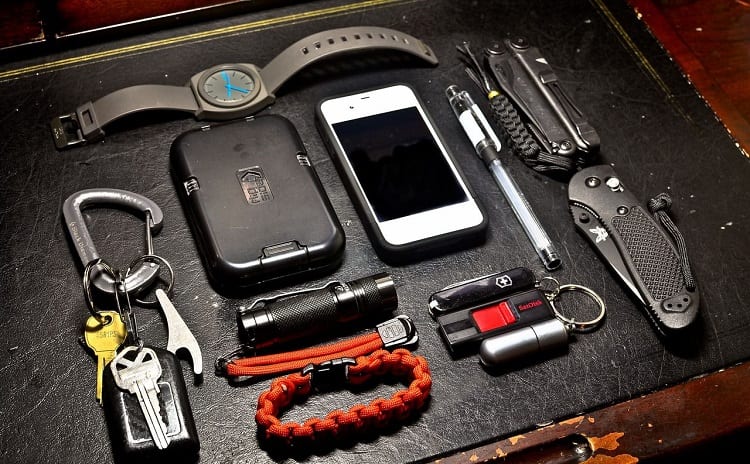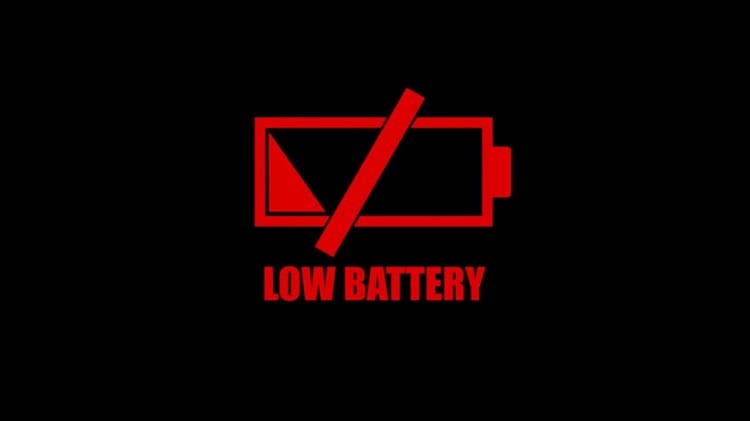You’ve seen them advertised everywhere.
Portable hand chargers, built to give enough power to your phone, and maybe a few other gadgets. Are they all hype?
They’re definitely useful. They’re not as awesome and mighty as they’re advertised to be, but they have their utility.
You want to know how long do portable chargers last, so I put it to the test based on specs, battery cycling, longevity, and a bunch of other attributes. Let’s break it down.
How Worthwhile Are Portable Chargers in a Survival Situation?

They have their ace. I would say that in the world we live in now, having some of these handy is essential to any bug out bag or emergency preparedness kit.
On this site, I try to teach you how to navigate the land without needing anything other than a compass and a map, but if you don’t have to navigate that way, then why would you?
Ideally, you will have a high-functioning GPS to help guide you along the way, and I would never discourage you from using that.
But a GPS needs electricity, and that Garmin watch you have needs electricity, and your two-way radio, cell phone, and other small survival gadgets all need power.
It wouldn’t be smart to burn through electricity that powers your devices and not have a backup solution. Portable chargers are viable, but let me explain a few instances where this comes to life.
GPS Charging
You’re in the thick of it, and you have to leave your campsite to hunt or gather supplies.
You get the coordinates of your camp on a GPS, you head out, and you need to find your way home. Hunting can take time, especially if we’re in a disaster scenario that takes wildlife out of a specific area (floods, fires, hurricanes), so we need that GPS to be reliable.
Hook it up to a portable charger when it gets low, and completely rejuice your GPS, or at least keep it on that IV drip of electricity to keep it operational for more time.
Medical Equipment
Nothing sucks more than imagining being in a worst-case scenario and being diabetic. Or with any other major medical issue, for that matter. Keeping a glucose monitor active is imperative to your survival, which is why you need to have some sort of electrical backup.
Many different glucose monitors are powered by watch batteries or AA’s, but with some rigging, you can get a portable charger to hook up to it and power just about anything (as long as the voltage lines up).
Radio Charging
A two-way radio system is basically a staple for any bug out bag and survival plan. But most of these run off of rechargeable lithium-ion batteries now, so you can’t just pop out a few AA’s and call it a day.
These come in handy for radios when the signal feels weak, or you need that power boost to help carry your signal further through dense thickets.
These aren’t going to power major appliances, but you’re using small gadgets and devices in these situations, so a portable power bank will work wonders.
How Much Do Portable Chargers Weigh?

They’re not as heavy as you’d think. Most portable chargers are between 0.50 lbs and 0.75 lbs (227 grams to 340 grams). These don’t add all too much weight to your bug out bags, especially when you consider the utility they offer.
Generally speaking, the more mAh, the heavier a power bank is going to be. You’re not going to get the most compact, highest performance energy cells in these portable chargers. The cells are good, but if there’s a lot of electrical storage, there’s likely more cells.
Some brands will negate this weight by using a thin plastic casing instead of a harder ABS plastic, so you will see different weights between 20,000mAh power banks when you look at different brands, although they don’t vary by much.
I can look up plenty of 20,000mAh portable chargers that have about 320 grams total carry weight, but there’s a 50,000mAh portable charger that’s just 368 grams as well. It all depends on how it’s built.
One last thing to keep in mind is that the more milliamps that one charger offers, the more ports you’re likely to find.
These don’t add a ton of weight on their own, but when you have four USB ports instead of one, there’s additional wiring and the metal sockets themselves, which can add to the weight.
Are Portable Chargers EDC Friendly?

Yes!
Since they’re lightweight and rather compact, they can fit in your EDC. We aren’t always going to be at-the-ready when disaster strikes. You can set up light, medium, and heavy bug out bags all you want, but you’re not just going to carry one around with you every single day.
Having a portable charger in your EDC kit can be great in the event that you’re stranded and need to maintain a cell signal the entire time, or power a flashlight (even your phone flashlight) so that you’re not left in the dark.
While many of us have multiple EDC kits that we use depending on the environment/situation we’re heading into, a portable charger will fit well in in most of our everyday carry bags.
Maximum Wattage or Useful Energy Can You Get Out of a Portable Charger?
Milliamps, or mAh is the way that we measure the total energy storage of a battery. These are broken down and converted into watt hours when we go through a basic formula.
Take mAh, and divide that number by 1,000 to get the Ah or amp hours. A 20,000mAh battery would be 20Ah.
Take the Ah and multiply it by the battery maximum voltage output. For a power bank, this is typically 5.0V, so you would take 20 Ah x 5.0V to get 100.
That 100 is Wh, or watt hours. If you use a device that runs on 5 volts at 12 watts, for example, you would be all set on voltage, and it would use up 12 watts per hour, so you would get 8.33 hours of use out of it to run that specific device before your power bank battery would be depleted.
mAh % 1,000 = Ah
Ah x battery output voltage = watts
Device wattage requirements % total battery watts = Wh
If you plan on having one of these on you when you pack up and fly somewhere, just know that no battery that you bring on a plane, according to FAA guidelines, may exceed 500,000mAh.
How Long do They Last and How Much Energy is Lost Over Time?

I’ve gone through plenty of these. An all-day hunting trip, multi-day camping trips, just testing them out because I want to, you name it. There are a lot of these power banks, as they’re called, that simply don’t cut it.
It’s not uncommon to hear about portable chargers having about ten or twelve cycles in them before they’re utterly useless. Power banks don’t hold onto the biggest charge, with the average being 15200mAh or up to 20100mAh. It’s useful, but it’s not an overwhelming amount.
Depending on what you’re charging, a portable power bank will be able to last you for quite some time.
The best thing you can possibly do is fully power cycle them when you use them, which involves using up all of the battery until there’s nothing left, and then charging it to 100% from absolute zero.
Some batteries run better when you get them down to about halfway and recharge them to 100% from there, but given the nature of how we use power banks, it’s wise to just drain the battery every time.
If you don’t use up the entire charge, wait until your phone is low or something ,and charge it. We don’t want a half-charge just sitting there in the battery.
A fully-charged power bank should last for about three to six months on the shelf before it begins to lose a serious amount of charge.
The longer these power cells sit there on a shelf not being used, the worse for wear they’re going to get. It’s like the whole “You don’t use it, you lose it” mentality.
If you have backup power banks, you should be going through and recharging them fairly frequently. If it’s at 100% when you place it on the shelf, just plug it in to charge it without draining the battery and you’ll keep it fresh.
Charge Up and Get Ready
Are portable chargers the only energy solution you should have in a SHTF situation?
Absolutely not. Are they useful and can they last for a decent amount of time?
Of course they can.
You have to have a balance between solar panels, gas-fueled portable generators, personal panels and power banks, and any other way you can garner energy when you’re in one of these scenarios. Just consider portable chargers to be one piece of the puzzle.


[lasso rel="emergency-preparedness-more-a-manual-on-food-storage-and-survival-2nd-edition-revised-and-updated" id="35334"]